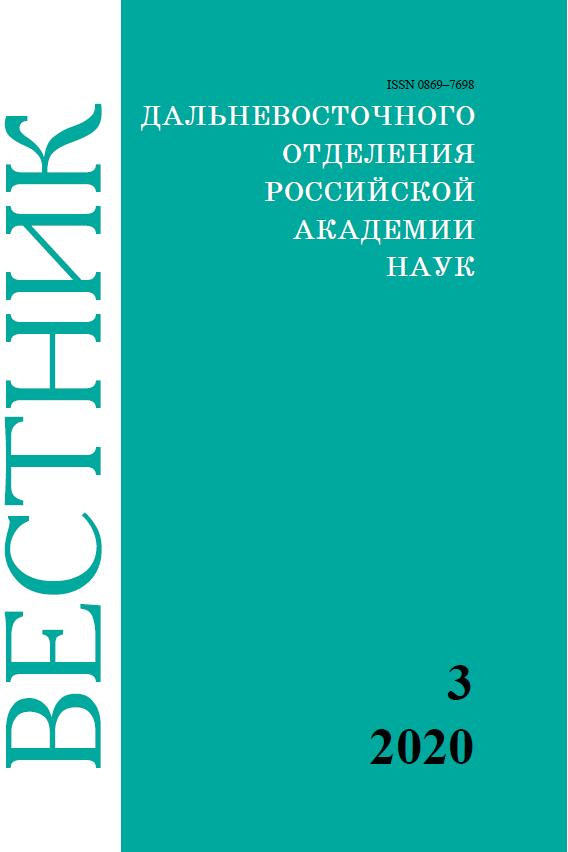Lead sulfate and oxysulfate as a base for anode materials of lithium-ion batteries. S.V. GNEDENKOV, D.P. OPRA, V.G. KURYAVYI, S.L. SINEBRYUKHOV, A.A. SOKOLOV, A.I. NEUMOIN, A.N. MINAEV, V.I. SERGIENKO
Keywords:
lithium-ion battery, anode, nanomaterial, intermetallic compound, sulfate, oxysulfate, electrochemical behaviorAbstract
Lead sulfate and oxysulfate as a base for anode materials of lithium-ion batteries. S.V. GNEDENKOV1, D.P. OPRA1, V.G. KURYAVYI1, S.L. SINEBRYUKHOV1, A.A. SOKOLOV1, A.I. NEUMOIN1, A.N. MINAEV1, 2, V.I. SERGIENKO1 (1Institute of Chemistry, FEB RAS, Vladivostok, 2Far East Federal University, Vladivostok).
The object of the study was the lead-based nanostructured composite consisted of mixture of PbSO4 and Pb2O(SO4) phases. The aim of the work was to realize the synthesis of a nanostructured material based on sulfur-containing lead compounds by the method of pulsed high-voltage discharge. Morphology features, composition, and structure of materials were characterized by a number of complimentary physicochemical scientific methods. It was found that the composite consists of nanoparticles with a size of 20 nm agglomerated to submicron and nanosized spheres. The electrochemical mechanism of interactions between these phases and lithium involves both irreversible decomposition of PbSO4 and Pb2O(SO4) and reversible alloying/dealloying reactions through LixPb intermetallic compounds. During the galvanostatic cycling in a potential range of 1.5–0.005 V and current load of 150 μA/cm2, the composite showed a reversible capacity of 391 mA·h/g corresponding to Li2,96Pb. Subsequent cycling of material demonstrated an appreciable degradation of the capacity. During the fifth cycle this parameter equaled to 190mA∙h/g.


